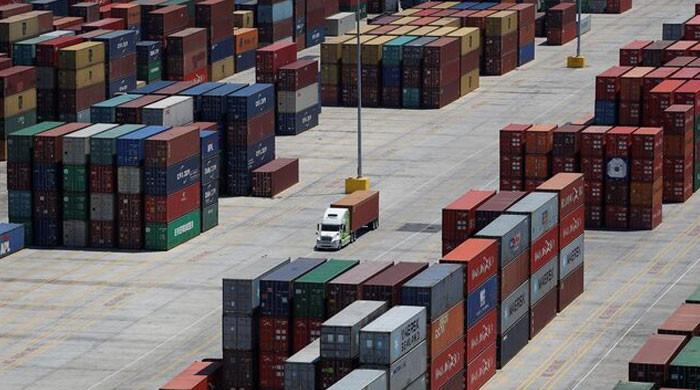- Merchandise exports increase by 4.72%and reaches $ 29.44 billion. In FY25.
- Wider macroeconomic indicators show signs of stabilization.
- Heading inflation rebounds slightly to 3.46% in May.
Islamabad: Data released by the Pakistan Bureau of Statistics (PBS) on Wednesday showed that the country’s trade deficit has been extended to $ 24 billion in the first 11 months of the current financial year, marking a 10.6% increase from the same period last year.
This extension is primarily attributed to a significant increase in imports, which surpassed more modest growth in exports.
From July to May In the financial year 2024-25, Merchandise exports experienced a 4.72% increase and reached $ 29.44 billion. However, imports increased by 7.3% to $ 53.45 billion.
This extended gap between imports and exports continues to exert pressure on Pakistan’s external accounts, which affects the rupi and dollar reserves.
Despite these trade balances, Pakistan’s wider macroeconomic indicators have shown signs of stabilization.
Heading inflation, after dipping at a historic low of 0.30% in April 2025, rebound slightly to 3.46% in May. Of crucial importance, the country’s ongoing account recorded a profit of $ 1.88 billion during the July-April FY25, marking a significant reversal from a $ 1.34 billion loss in the corresponding period last year.
This improvement of the ongoing account was largely driven by a significant increase of 30.9% in the transfers of workers, which amounted to $ 31.2 billion.
While Merchandise exports faced a setback in May-fallen 10.1% year to year to $ 2.55 billion, they still saw a strong monthly rebound and rose 17.4% from April. Imports in May grew 5.2% to $ 5.17 billion compared to the same month last year, but fell 7.6% month to month, giving some short -term relief on the outer front.
Despite the expanded gorge, some positive indicators offered relief. The country’s monthly average export volume is $ 2.67 billion-dollars on the track to potentially exceed $ 32 billion at the end of the 2024-25 financial year in June.
Economists say high domestic interest rates have hampered export competitiveness with companies that face tight credit conditions as banks prioritize investments in state securities in relation to the private sector loan.
Meanwhile, trade in services showed a minor but remarkable $ 2.5 billion deficit during the July-April FY25, slightly higher than last year’s $ 2.4 billion.
Service imports rose 7.9% to $ 9.43 billion, while exports rose 9.3% to $ 6.93 billion, increased by transport, IT and business services.
Information and Communication Technology (ICT) sector remained a bright spot where exports climbed 21.1% to $ 3.14 billion – which accounts for almost half of all service exports.
The government’s efforts to support the digital economy through freelancer -incentives, skills training and international certifications have begun to pay off, analysts say.



